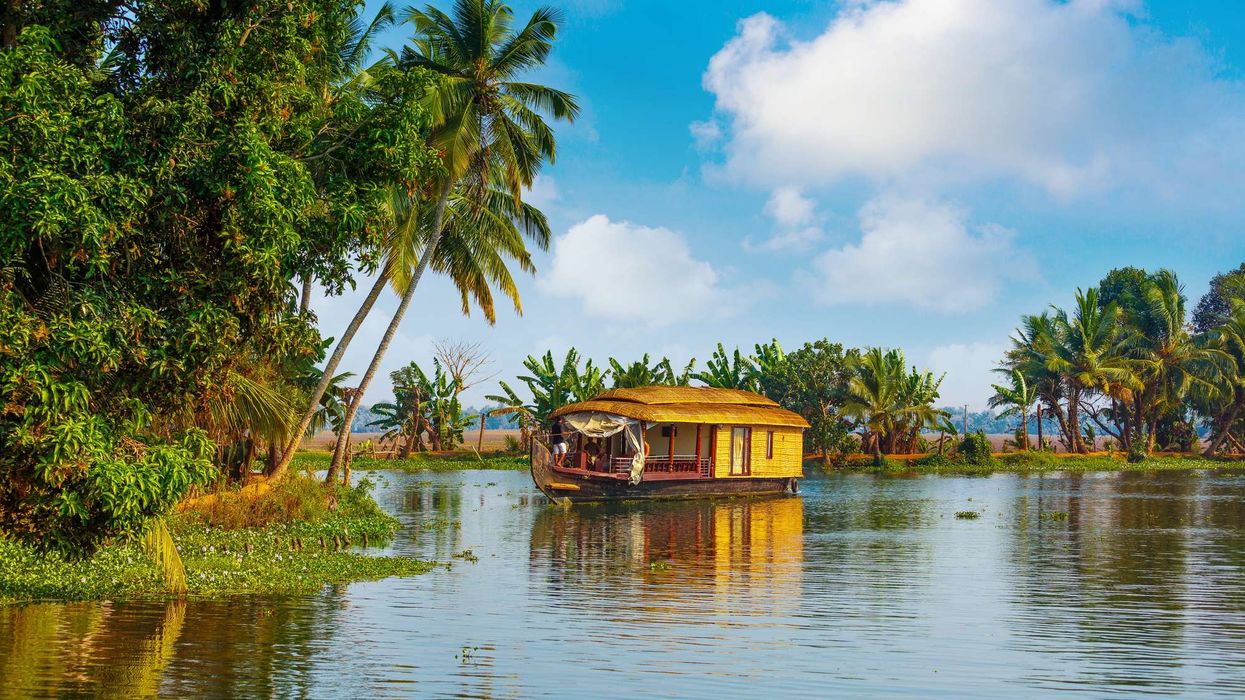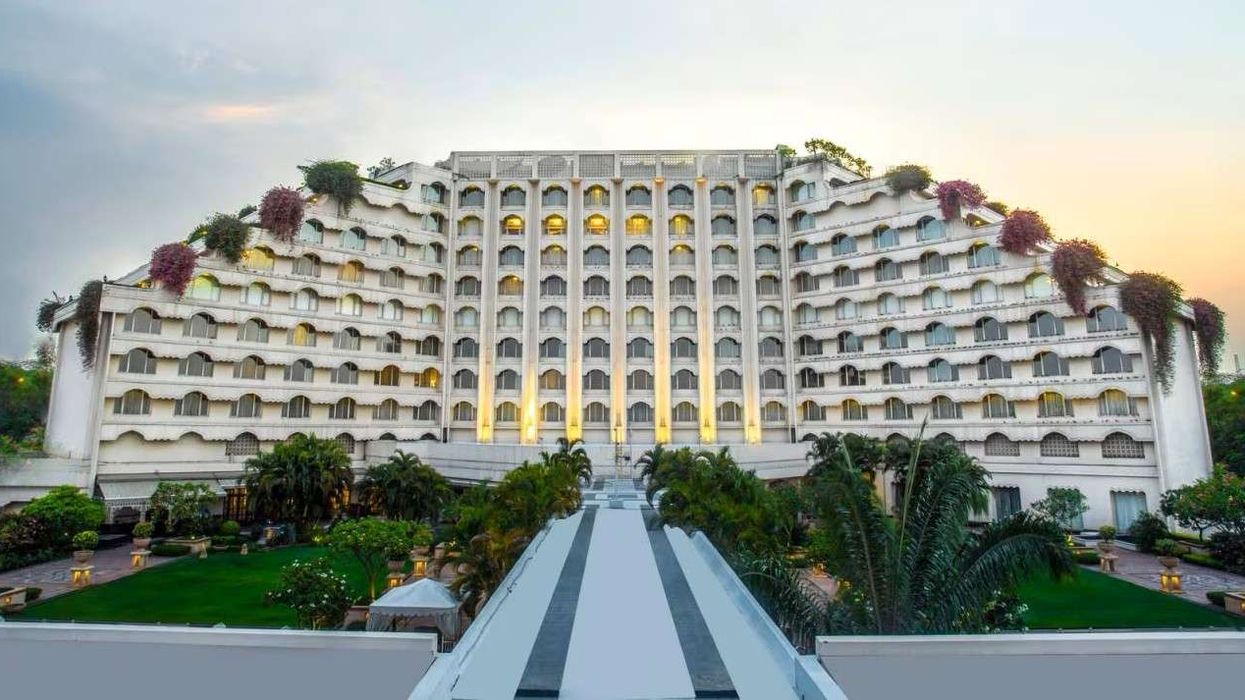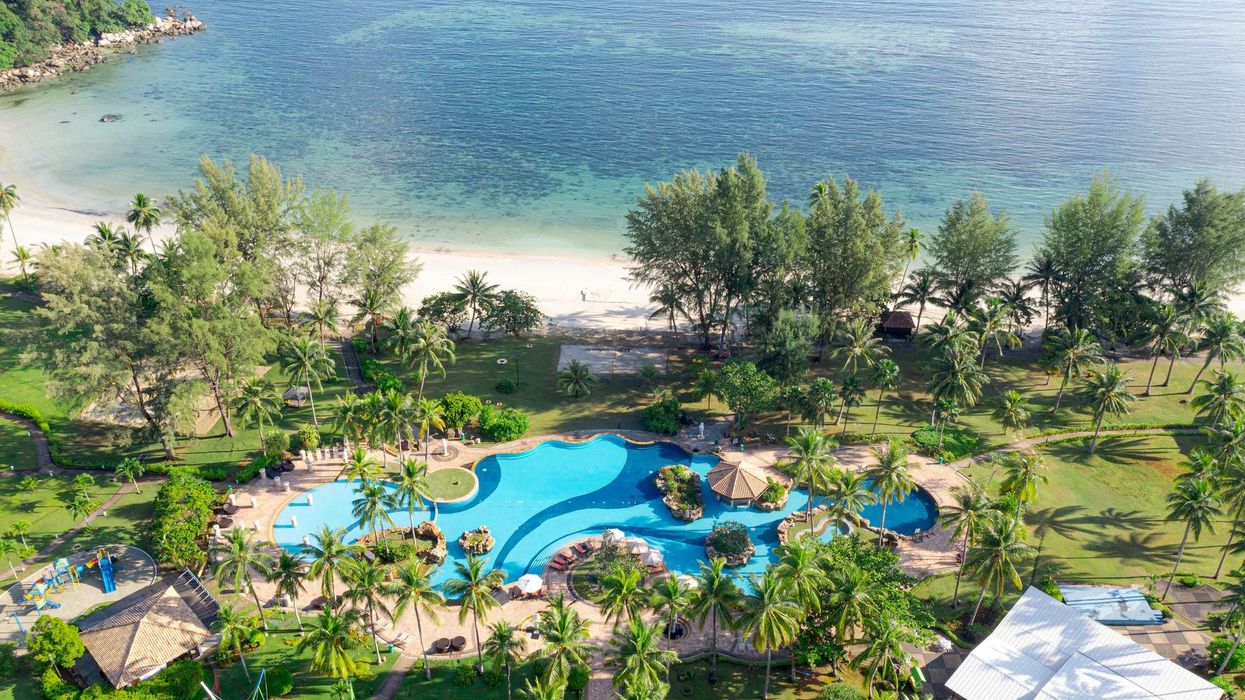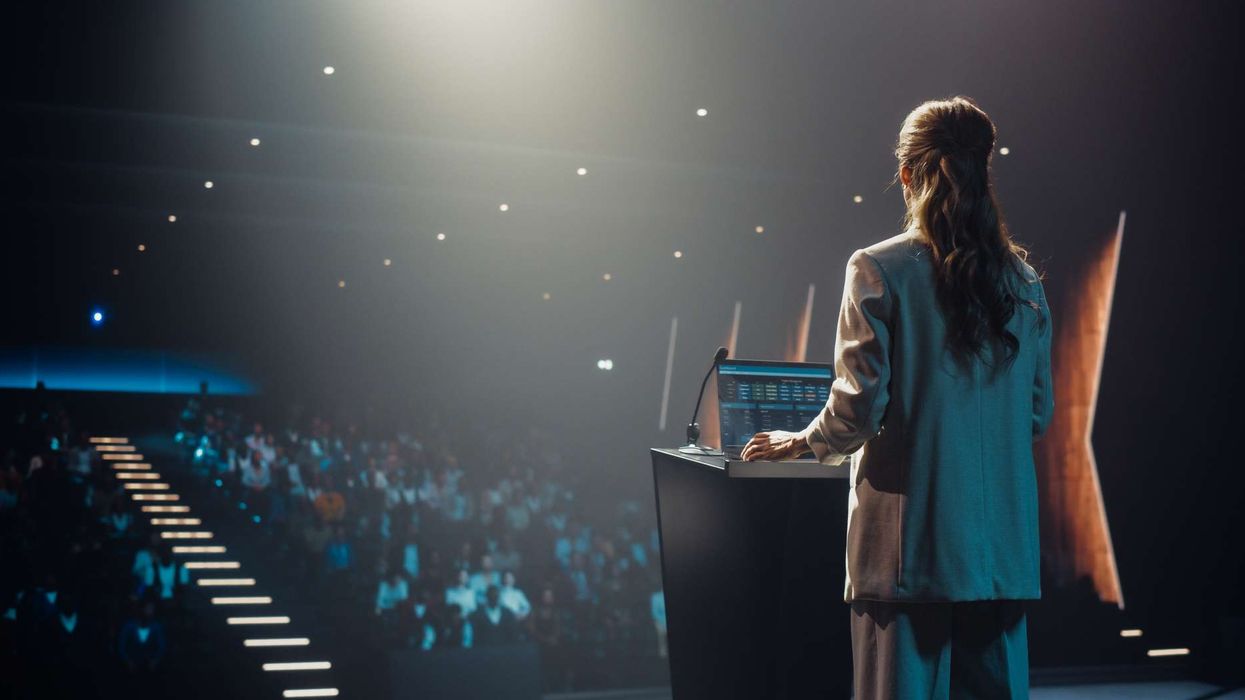Hotel Fees Transparency Act Passes U.S. House
THE U.S. HOUSE of Representatives passed the bipartisan Hotel Fees Transparency Act of 2025, mandating that hotels and short-term rentals disclose total booking costs upfront. The bill, introduced by Representatives Young Kim (R-California) and Kathy Castor (D-Florida), received support from industry groups such as AAHOA and the American Hotel & Lodging Association.
AAHOA commended the passage, noting that the association “has long advocated for fairness and transparency in pricing and believes this legislation marks a significant step toward ensuring travelers have clear, accurate information when booking accommodations.”
"Transparency is key to building trust with our guests and to ensuring a level playing field across the hospitality industry," said Kamalesh “KP” Patel, AAHOA’s chairman. "AAHOA will always champion policies that promote fairness and empower consumers to make informed decisions. This is an issue that transcends party lines, as today’s vote powerfully demonstrates. We are grateful to lawmakers from both sides of the aisle in the House for passing this bill.”
AHLA stated that the legislation would “ensure consistency for consumers nationwide by establishing a federal standard for price advertising across the lodging industry. That standard would ensure prospective guests have access to all-in, up-front pricing information across the entire lodging industry, including short-term rentals, online travel agencies, metasearch sites and hotels.”
“We applaud the House for passing this important legislation and urge the Senate to do the same,” the association said. “AHLA continues to lead the charge for consistent, upfront pricing across the lodging industry. This commonsense bill creates a single standard for fee display, ensuring consumers know exactly what they’re paying when they book a reservation. A transparent process means a better experience and greater satisfaction for all guests.”
Laura Lee Blake, AAHOA president and CEO, said that the House passage of the Hotel Fees Transparency Act is a critical milestone in protecting consumers from hidden fees and ensuring a more transparent marketplace.
"We are especially grateful to Rep. Young Kim for her leadership in promoting cost transparency and working to make life more affordable for her constituents and all American travelers,” she said. “AAHOA remains committed to advocating for policies that benefit hotel owners and consumers.”
In March, AAHOA’s Spring National Advocacy Conference focused on raising SBA loan limits through the LIONS Act, supporting tax reforms, promoting the Credit Card Competition Act, and addressing the labor shortage.













